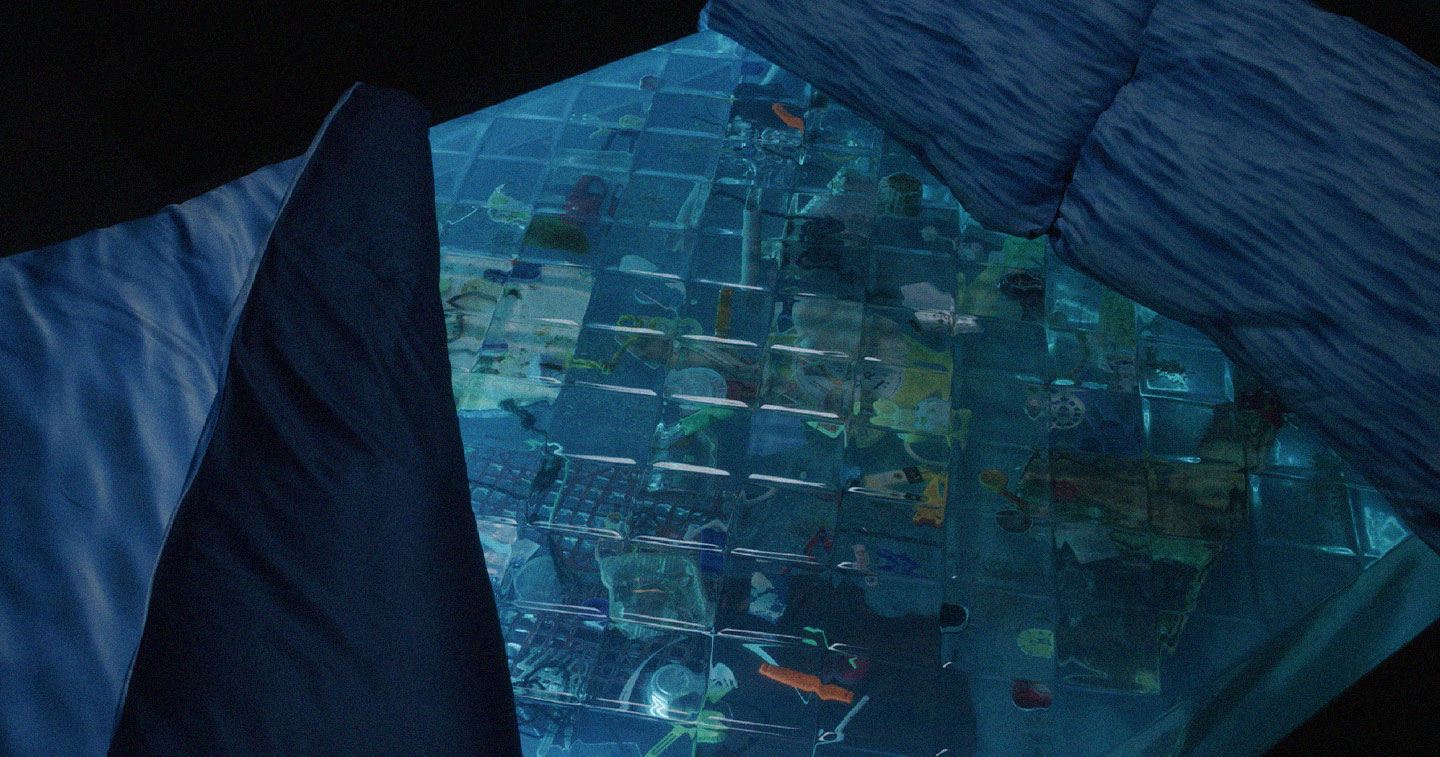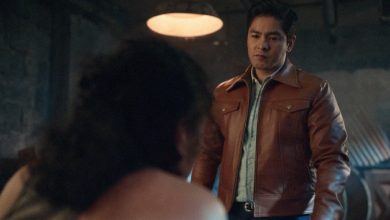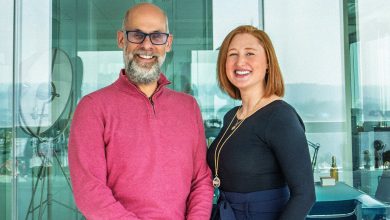HONG KONG — Greenpeace East Asia Hong Kong has asked the public to sleep in the “bed” it’s made. The SEABED, that is. The initiative, created by DDB Group Hong Kong, has been designed to open people’s eyes to the reality of the state of our oceans due to plastic pollution. For this, a seemingly luxurious bed with ocean blue bedding was created.
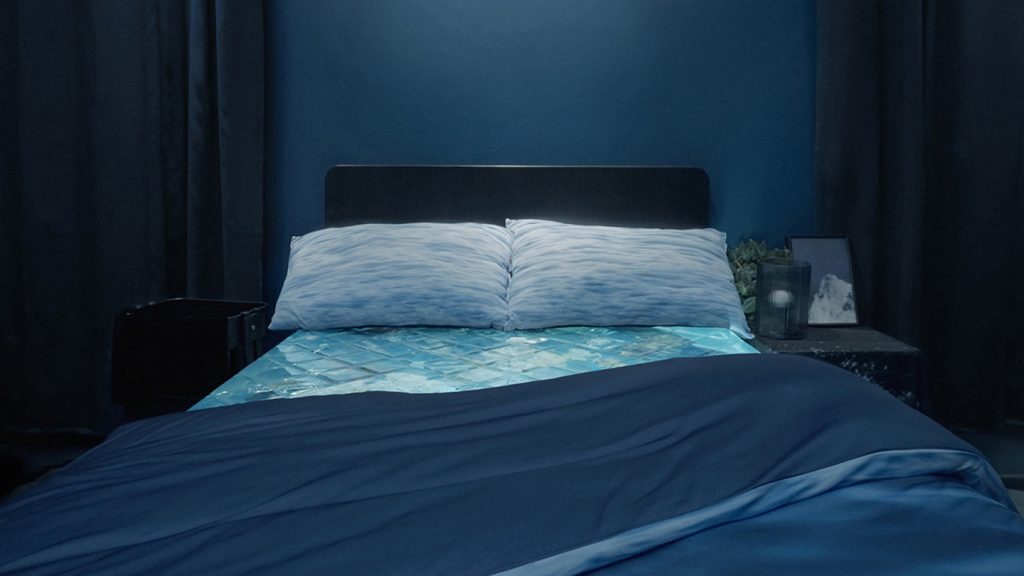
This custom-made “Seabed” may appear inviting at first, but what lies underneath the duvet is shocking. It’s a “mattress” made from real local ocean trash, mostly made up of plastic items in our daily life. The trash had been picked up by a Greenpeace volunteer in Sai Kung, Hong Kong, an area famous for its “pristine” beaches. The waste used includes mostly single-use plastic from food containers and personal use, reflecting the reality that the onus to solve the problem is on every stakeholder of society.
The reality is indeed shocking. Research suggests that up to 12.7 million metric tons of plastic waste enter the oceans every year. According to a study published by Greenpeace in Hong Kong, the city alone flushes 48,000 pieces of plastic out of Tolo Harbour daily.
With raising awareness of reality being an important first step, Greenpeace and DDB hope to reveal the cruel truth beneath the stunning ocean by making the invisible visible.
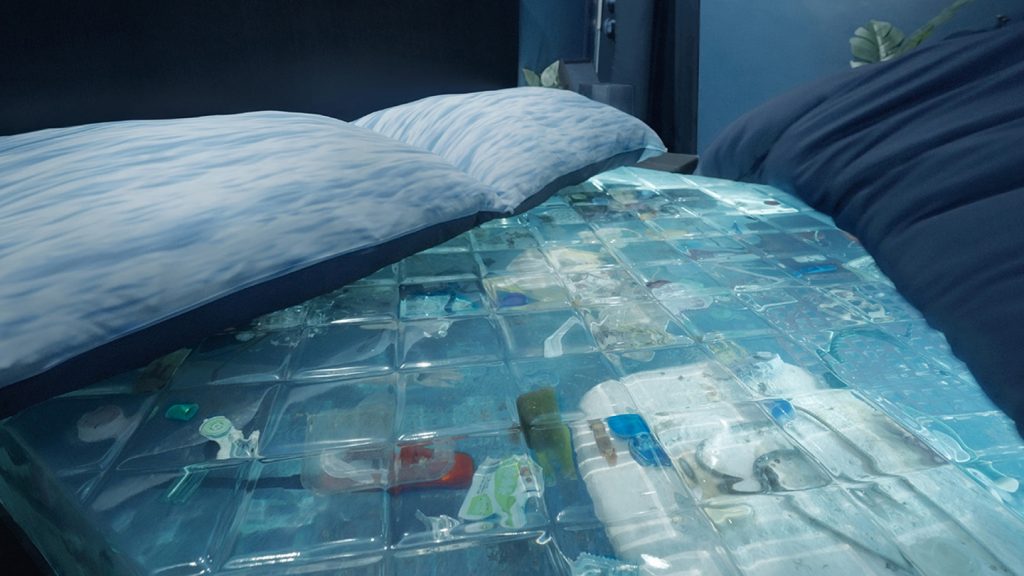
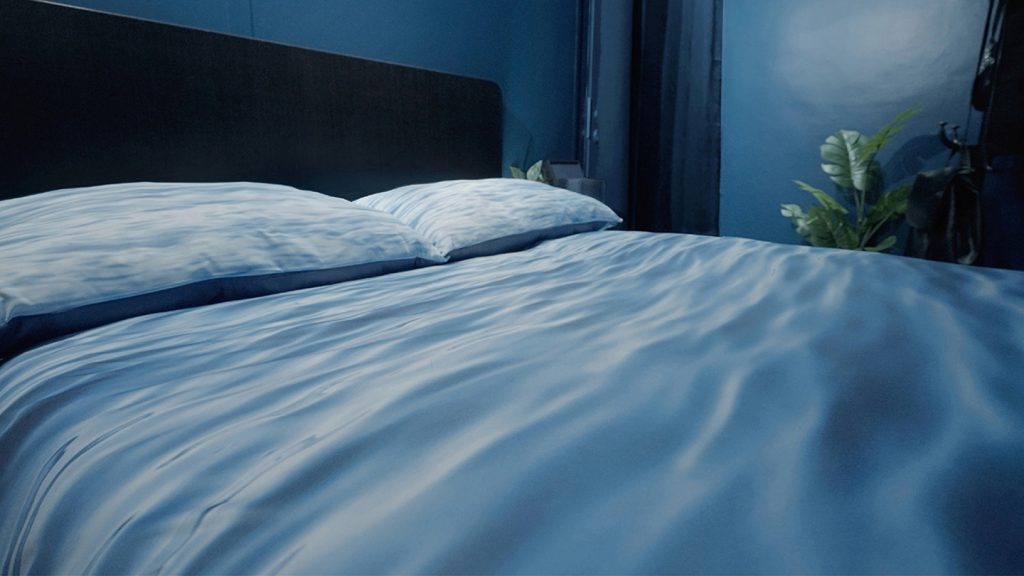
This “Seabed” can be viewed by the public via an art exhibition, “The SEA OUR HOME: Artistic Exhibition for Ocean Protection Awareness,” which is currently being held at the PMQ gallery in Central District, Hong Kong. The exhibition employs home décor as a conceptual framework, taking viewers from the ocean surface to the seabed to unravel the shocking reality of plastic pollution at sea. Three local artists, Isaac Spellman, Maf Cheung, and resin artist Rolland Cheung, also participated to employ their distinctive artistic languages to raise awareness of our oceans and encourage people to look beyond the ordinary.
Visitors are invited to make a personal pledge, aiming to promote widespread commitment to behavioral change when it comes to disposing of plastic.
Greenpeace East Asia Campaigner, Leanne Tam, said, “This exhibition brings us straight to the seabed environment to witness the pollution in person. Nobody would want a bed like this in their home, and yet this is what sea creatures are getting in theirs. Plastic doesn’t belong in the ocean, and we must stop producing unnecessary packaging in plastics and expand the use of reusable and refillable systems.”
Phoebe Chan, Creative Director at DDB Group Hong Kong, commented, “This initiative really exemplifies the belief that creative communication has great power to make an impact. Once people look beyond the ordinary and see for themselves the realistic state of the seabed, we are hopeful that people will now think twice about disposing of plastic in the ocean.”
The exhibition is running until July 16 and gallery opening hours are 12 pm to 7 pm, Monday to Friday, and 11 am to 7 pm on weekends and public holidays.

